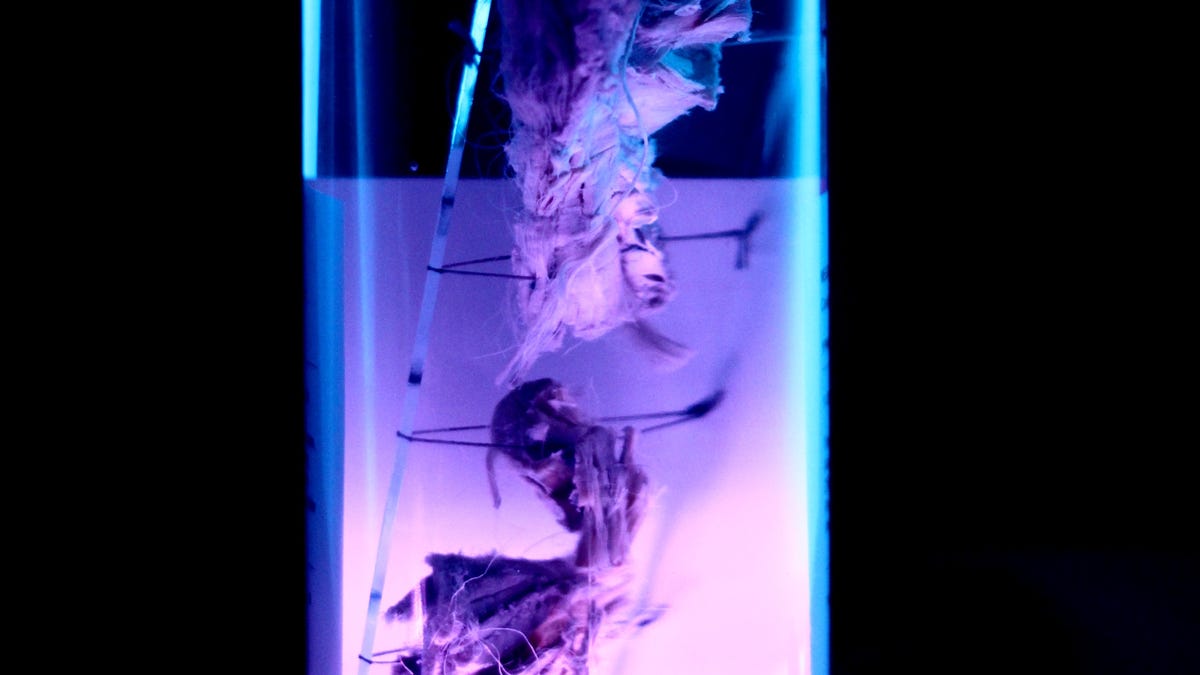'Prehistoric meat' from 1951 dinner turns out to be a mammoth ruse
When you explore the far reaches of the globe, no ordinary dinner will do. But woolly mammoth and giant ground sloth? More hoax than haute cuisine, new research says.
On January 13, 1951, in the Grand Ballroom of the Roosevelt Hotel in New York City, a dinner took place for the Explorers Club, a group interested in exploring the far reaches of the planet.
On the menu, according to popular lore, were Pacific spider crabs, green turtle soup, bison steaks and prehistoric meat. Some thought that last item came from a 250,000-year-old woolly mammoth that had been preserved in ice, and others believed it was from an extinct giant ground sloth called Megatherium.
Turns out neither guess was true. In fact, you could call it all a "mammoth" prank.
Researchers at Yale University recently got their hands on a chunk of meat from that dinner. It had been preserved at the request of one of the members who couldn't attend the meal back in 1951, and the morsel eventually found its way into the mammal collection at Yale's Peabody Museum of Natural History.
After DNA analysis of the meat, the research team, led by evolutionary-biology graduate student Jessica Glass, found that the meat's genetic makeup was a perfect match for green sea turtle.
Yup, it turns out the "prehistoric meat" was just leftover cuts of the very same species of creature served in the soup at the start of the meal.
"This was an interesting challenge, in part because the meat had been cooked," Adalgisa Caccone told Yale News. Caccone assisted in the DNA analysis and co-author a study published Wednesday in the journal PLOS ONE. "This was the first time I looked at the DNA of leftovers -- very precious leftovers."
In addition to the DNA research, graduate student Matt Davis dove into the archives of the Explorers Club to search out other clues to the event.
There he found a published statement from the promoter of the banquet, Commander Wendell Phillips Dodge, jokingly saying that "he may have discovered a 'potion' that turns green sea turtle into giant sloth meat," according to Yale News. Dodge was a former agent for flamboyant film star Mae West, so he was no stranger to all things theatrical.
"To me, this was a joke that no one got," Davis said. "It's like a Halloween party where you put your hand in spaghetti, but they tell you it's brains. In this case, everyone actually believed it."


